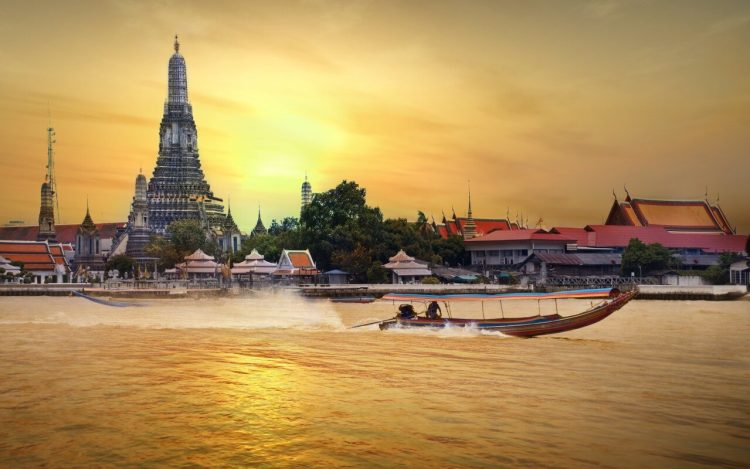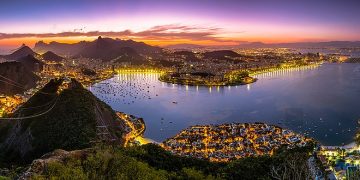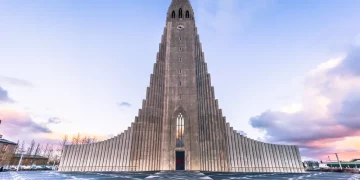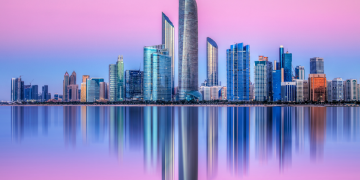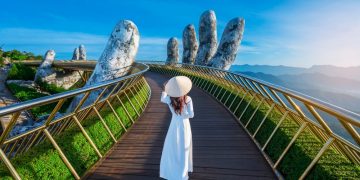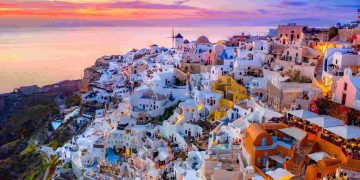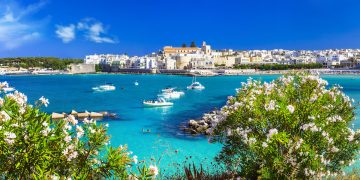Water’s Whisper: An Introduction to Thai Culture
In the heart of Thailand, water is not merely a resource; it is a vibrant element that weaves through the very fabric of life. The rainy season in Bangkok is a breathtaking spectacle where dark clouds roll in suddenly, and torrential rains, accompanied by thunder, cascade down, transforming the landscape. Lasting often for half a day or more, this phenomenon occurs from mid-May to late October, during which the fierce tropical sun retreats behind thickened clouds. This rain imbues the air with a moist warmth, while the rivers and canals that crisscross the nation swell, nourishing the land and its people.
Symbolism of Water in Thai Culture
Water in Thailand is a profound cultural symbol, representing wealth, prosperity, and purification. Historically, the rhythms of daily life, celebrations, and even economic endeavors have been intricately linked to this liquid essence. The waterways serve as conduits of culture, spirituality, and sustenance, underscoring the significance of water in every aspect of Thai life.
A Dance on the River: The Chao Phraya Experience
As evening falls, the Chao Phraya River, Thailand’s lifeblood, comes alive with a symphony of activity. Various boats glide along its surface, while international visitors dance joyfully on decks or sit in tranquil contemplation as the sun sets behind iconic landmarks like the Siam Paragon and Wat Arun. This “Mother River,” flowing from the northwestern mountains, has historically defended the kingdoms of Ayutthaya and Thonburi against invasions, while providing irrigation to the fertile central plains. Today, it has evolved into a hub of tourism, emblematic of Thailand’s stability and prosperity.
Market Culture: A Floating Heritage
In the late 19th century, British author Ernest Young captured the essence of Thai culture in his writings about daily life and spiritual practices. He stated, “The floating market is the true home of the Siamese, revealing their natural character and innate charm.” For generations, Thais have thrived alongside the Chao Phraya, with waterways serving as vital trade routes in an era when land transportation was limited. Although modern transport has diminished their role, the floating markets remain an emblematic element of “water market culture,” drawing visitors eager to partake in the vibrant experience of culinary delights reminiscent of ancient commerce.
Culinary Delights: Boat Noodles
Among the many gastronomic treasures of Thailand is the famed boat noodle, named for its method of preparation and sale from small boats. “Vendors would row to the bustling bridges or crowded areas, preparing noodles right on their boats,” explains Thai culinary expert David Thompson. Originally crafted from chewy rice noodles, these dishes are served in small portions, priced around 15 Thai Baht. The broth, rich with herbs and spices, accompanies various meats, bean sprouts, mint leaves, and crispy toppings. Today, boat noodle shops abound, offering diverse ingredients and flavors, reflecting both daily fare and cultural heritage.
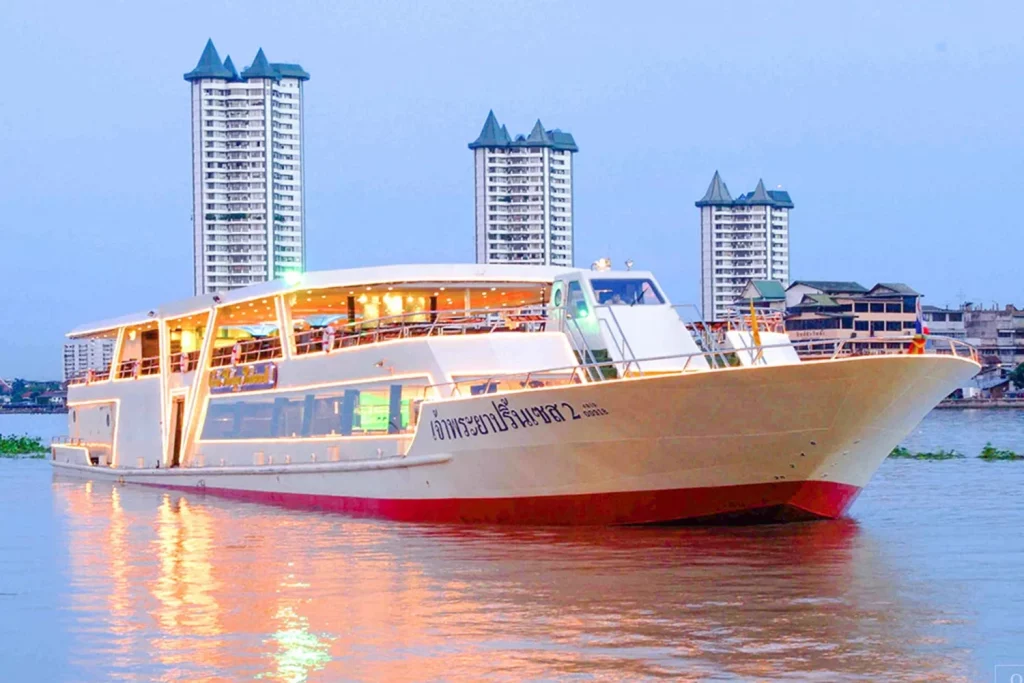
The Morning Commute: Waterway Transportation
Each morning, as dawn breaks, the tributaries of the Chao Phraya stir with the energy of bustling ferry boats. Commuters gather at riverside piers, waiting to embark on their journeys into the city. Connecting the heart of Bangkok to the northeastern outskirts, fares range from 12 to 20 Baht, with ticket vendors also assisting passengers in safely boarding and disembarking. In a city often choked with traffic, these traditional waterways provide a reliable means of travel, complementing the modern rails.
Life Along the Shores: A Vibrant Community
On the riverbanks, an array of brick, wood, and metal structures stand tall, elevated above the water. Here, residents are often seen washing clothes and dishes outside their homes, while small shops line the streets, displaying fruits and grilled delicacies for passing customers. This picture of daily life reveals an intimate connection between the people and the water that surrounds them.
Celebrations of Life: Water in Festivals
Water permeates Thailand’s festivals and traditions. During traditional weddings, a special water-pouring ceremony symbolizes blessings for the newlyweds. In April, the Songkran Festival celebrates the Thai New Year with joyful splashes of scented water sprinkled on the hands of elders, who reciprocate with blessings. November marks the Loy Krathong Festival, where people express gratitude to water spirits, seeking prosperity and a bountiful harvest. As night falls, villagers don traditional attire, light candles on floating lanterns, and release them onto the rivers, each light carrying a wish toward the horizon.
The UNESCO Recognition of Songkran
In December of last year, Thailand’s Songkran Festival was inscribed on UNESCO’s lists of Intangible Cultural Heritage. The vibrant celebrations attract visitors worldwide, featuring water fights, playful encounters with elephants, and grand parades in cities like Bangkok, Ayutthaya, Chiang Mai, and Phuket. Tourists experience an array of cultural exchanges, returning home with cherished memories and blessings from the Land of Smiles.


